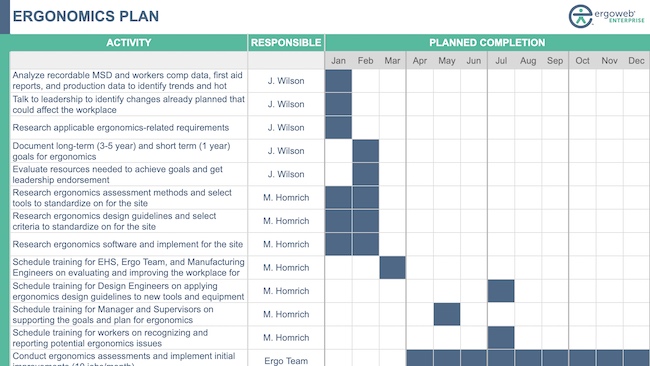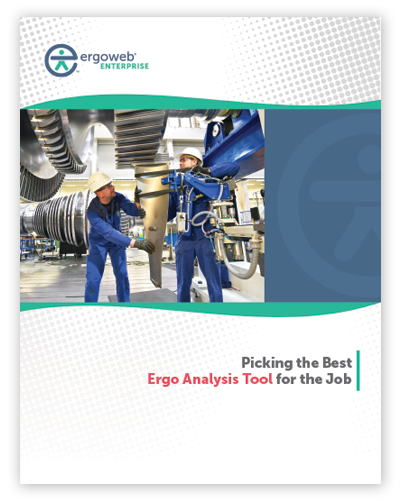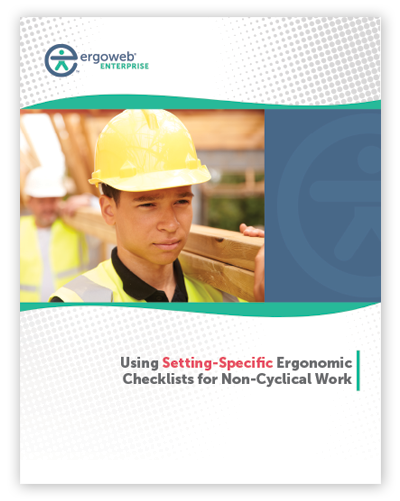May 4, 2011
There's been a lot of talk lately about ergonomic product certification, and Peter Budnick takes readers on a tour of the topic, drawing from work he's done on the question over the last 10-15 years. In this article, Part 1 in a series, he shares insightful video of interviews he conducted with consumers on the questions of "what does ergonomics mean" and "what would an 'ergonomically designed' label mean to you?" He also shares examples of how other industries have developed certifications, why industries need credible certification systems, and how that might come about for the field of ergonomics.






